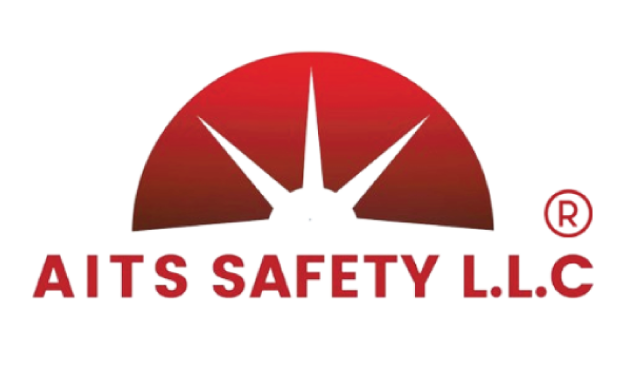WATER BASED SPRINKLER SYSTEM
A fire sprinkler system is indeed an active fire protection method designed to suppress or extinguish fires in buildings or structures. The system starts with a reliable water supply, often connected to the building’s municipal water line or a dedicated water tank. This water supply ensures there’s enough pressure and flow rate to feed the sprinkler system. A network of pipes runs throughout the building, delivering water to various areas where sprinkler heads are installed. These pipes are usually made of metal or plastic and are designed to withstand the pressure of the water flow. Sprinkler heads are connected to the water distribution piping system and are strategically placed throughout the building, typically on the ceiling or walls. Each sprinkler head is equipped with a heat-sensitive element, such as a glass bulb or fusible link. When a fire occurs, the heat from the flames causes the heat-sensitive element in one or more sprinkler heads to activate. This triggers the release of water from those specific sprinkler heads. Once activated, the sprinkler heads release pressurized water onto the fire below. The water flow is designed to cool the fire, suppress flames, and prevent the spread of fire to other areas of the building. In addition to water discharge, the activation of a sprinkler head often triggers an alarm system to alert building occupants and emergency responders to the fire situation. Fire sprinkler systems are highly effective in controlling fires, providing early intervention to contain and extinguish flames before they can cause extensive damage or pose a threat to lives. They are a crucial component of building safety infrastructure and are mandated by building codes and regulations in many jurisdictions to protect occupants and property from fire hazards. The common types of sprinklers are Pendant, Upright, Concealed, Standard, Quick response, Side wall etc. The common brands used are Tyco, Naffco, Shield, Rapidrop, Aquatech etc.
For expert fire safety solutions, visit our Fire Fighting Services.



